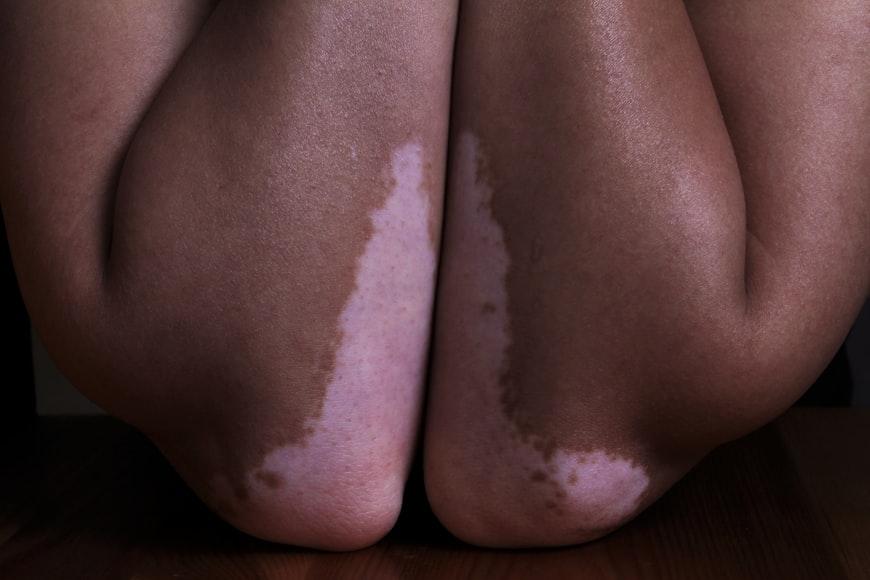Affecting over 80 million of the world population, vitiligo is an autoimmune condition that affects different parts of the body in such a way that the skin in the affected areas loses color. It doesn’t matter what skin color the affected person is, as vitiligo affects all skin tones.
However, because darker skin has more melanin, vitiligo is more noticeable as it makes the darker skin turn lighter or even whitish in color. The condition can start at any age but often begins before the age of 20. Vitiligo affects both men and women equally and is found in all ethnic groups around the world. In this article we’re going to discuss the types, symptoms and causes of vitiligo.

How Does Vitiligo Occur?
There is a skin cell that is responsible for the formation of colors on the skin, which is known as the melanocytes. The melanocytes produce melanin, but in the case of vitiligo, melanocytes break down and either destroy or they just stop working.
It’s not really clear why the melanocytes stop working but it can be due to an autoimmune response, where the body’s immune system attacks its own cells thinking they’re foreign threats. As the melanocytes stop working, they automatically stop producing melanin. Without melanin, the skin will lose its pigment, resulting in a case of vitiligo.
When the skin loses its pigment, it becomes whiter or lighter, which will be visible as small patches at first. But over time these patches will spread to new areas of the body.
Types of Vitiligo
Localized vitiligo: This type of vitiligo is one where the white patches don’t spread. They are just in one or few spots of the body.
Generalized vitiligo: This is the type of vitiligo that most people suffer from. The white patches are spread across different body parts.
Segmental vitiligo: Segmental vitiligo is when the patches are only on one side of the body.
Universal vitiligo: This is a rare type where almost all parts of the body loses its pigment, resulting in white patches everyone.
Symptoms of Vitiligo
- White patches on the skin
- Unusual appearance of gray or white hair
- White spots in your mouth or nose
- Change in the color of your eyes
- Patches which keeps spreading
Causes of Vitiligo
There isn’t an exact cause of vitiligo but it could be a combination of different factors. The first factor is autoimmune disease which is a condition where the body fights its own tissues. If the body fights cells like melanocytes, the cell can get destroyed or even stop producing melanin.
Secondly, if someone in your family has this condition or even any autoimmune condition, you have the tendency of developing one. The third is the environmental factors that lead to the depletion of the skin pigment.
Sometimes, it might be the type of chemical the body is exposed to from sources like harsh skincare products. It could even be from air pollution, which will eventually cause the skin to leach its natural color.
Lastly, stress can affect the immune system which can trigger vitiligo or even make it worse, as the case may be. When you’re stressed, the body releases a stress hormone called cortisol. This hormone basically provides energy that would help you cope with this stress. It also reduces inflammation, makes the immune system to not be overactive and many more.
However, if your stress level remains high, it increases the level of cortisol in the body. This high level of cortisol can make the immune system misbehave and start behaving abnormally. In the case of vitiligo, the immune system might attack the body cells like melanocytes, and eventually destroy it.
Conclusion
There is a particular group of people who are likely to get vitiligo. If you have a family history of vitiligo then you could be at risk of developing it.
Also, if you are battling with other autoimmune conditions like thyroid disease, you could eventually develop vitiligo. Although vitiligo affects people of all skin types, it is more visible in people with darker skin color.

















